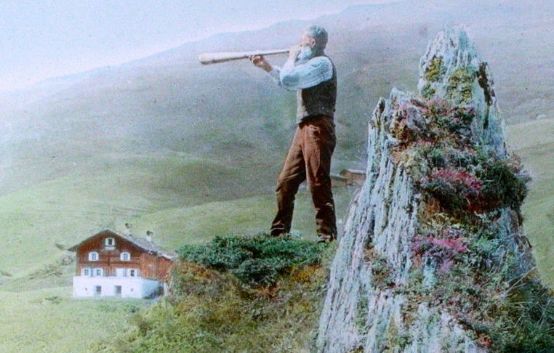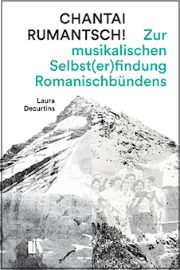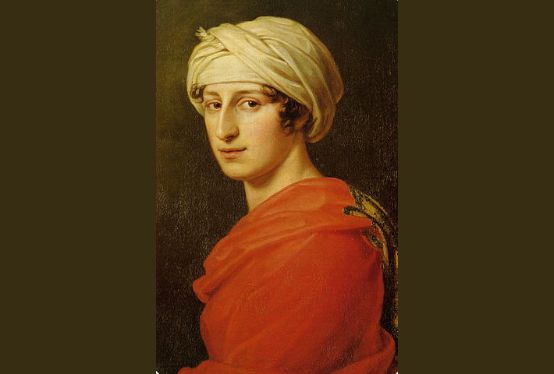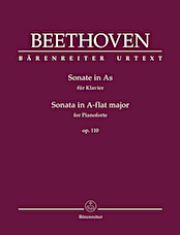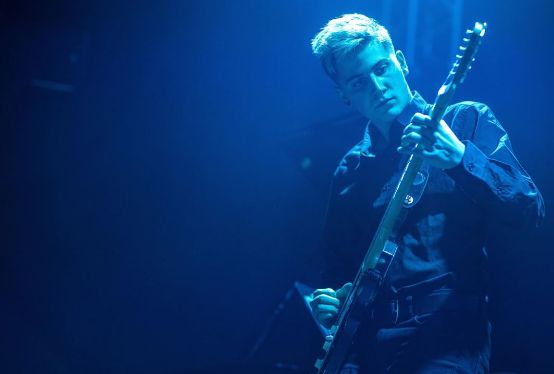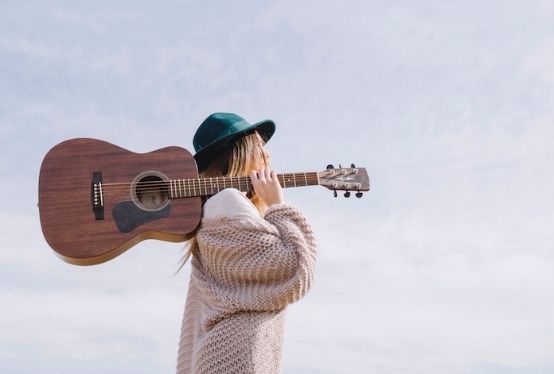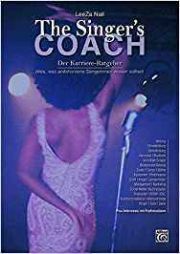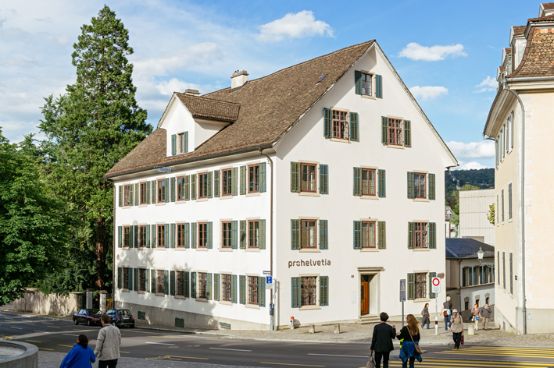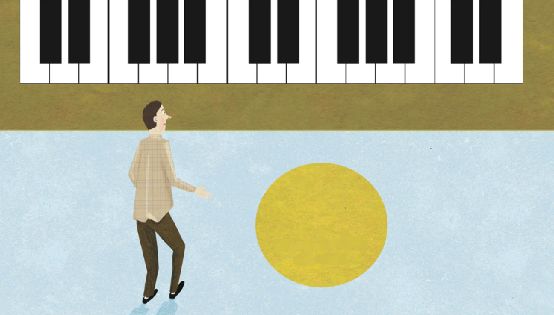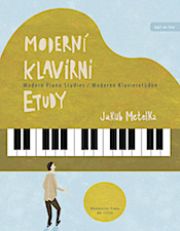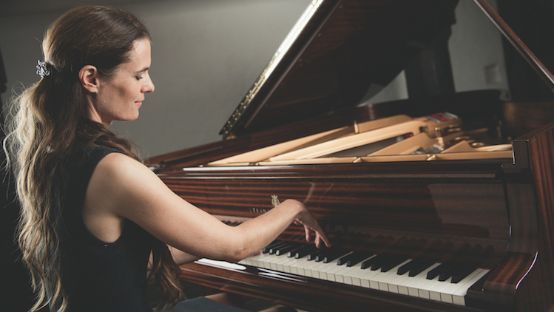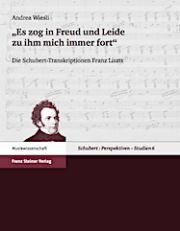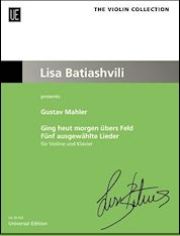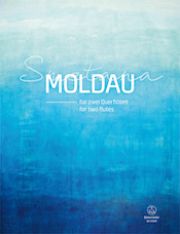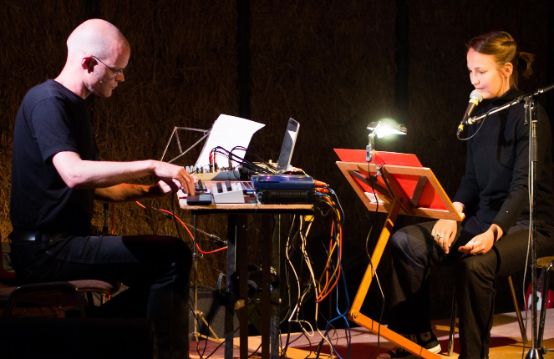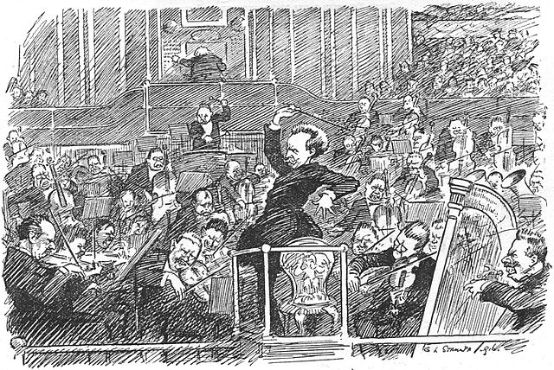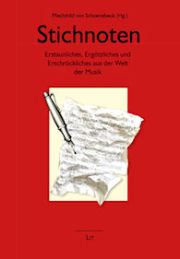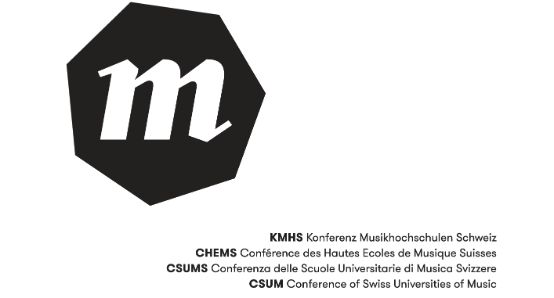
MvO - Laurence Desarzens has been active in the Swiss music scene for over 30 years: as program manager at the Rote Fabrik, Moods (Zurich) and Kaserne Basel. She has been head of the pop and jazz department at the Haute École de Musique de Lausanne, HEMU, since 2016. In her view, the Swiss Exchange Festival DKSJ primarily emphasizes the idea of cooperation, which is why the Association of Directors of Swiss Jazz Schools DKSJ was founded to facilitate exchange between the various universities. Each year, the focus is on a different music academy; in 2019 it was the Lucerne School of Music. Under the DKSJ label, the five jazz departments of the Swiss music universities present the joint All Star Project every year. Under the direction of Irish bassist and composer Ronan Guilfoyle, ten selected students spent three rehearsal days working on his arrangements of Jack Bruce's music as well as his compositions, which were created in honor of the 100th anniversary of Thelonious Monk's birth. They presented the program at five concerts in the cities of the participating music academies. In this way, the students gain experience with other institutions, but also come into contact with other artists and performers. For Laurence Desarzens, this collaboration creates a studio spirit that is very valuable for everyone involved. In the end, it is primarily about one thing: promoting young jazz talent in Switzerland, which is why the DKSJ project will continue to be pursued in the coming years; in 2020, for example, the focus will be on "Women in Jazz". This project, called "Jazzlab", was initiated by the Helvetiarockt association and the jazz departments of the HKB Bern and the HEMU together with the Cully Jazz Festival.
Springboard
Florentin Setz is currently studying for a Master of Arts in Music - Pedagogy at the Zurich University of the Arts ZHdK. He is being taught jazz trombone by Bernhard Bamert and is also studying Indian rhythm with Ruven Ruppik and piano lessons with Chris Wiesendanger. As a next step, he wants to complete his Master's degree in Pedagogy next year and benefit and learn as much as possible from the ZHdK's program during the last two years. He does not yet know whether he wants to do another Master's degree after the Master's in Education. His goal is clear: to establish himself as a freelance musician in the Swiss music scene as a trombonist, bandleader and conductor. He hopes to be able to play as many concerts as possible with his projects and present his own music to a wide audience. The Swiss Exchange Festival DKSJ offers a wonderful opportunity for this. These unique opportunities can sometimes give rise to bands that make music together over several years and develop together. So it's clear that he sees the Swiss Exchange Festival DKSJ as a springboard for his own band "MEDEA". He really likes the idea of presenting a bachelor project from a Swiss jazz school in a different Swiss city each time, as this allows you to network and get to know the music of other artists.
Boundaries of the jazz scene
Hannes Wittwer has been studying for a Master's degree in Music Pedagogy (MA Music Pedagogy) in jazz with drums as his main instrument since this fall. His long-term goal (similar to many young musicians in his environment) is to be able to teach part-time and also work on his artistic projects as a composer, bandleader or sideman. There is also the possibility that he will venture into journalistic, academic or transdisciplinary areas of culture at some point, as he also has interests in these fields - but for the time being, teaching and artistic activities clearly have priority. Hannes Wittwer was able to organize, design and moderate a panel for this year's Swiss Exchange Festival DKSJ. Andrina Bollinger and Philipp Hillebrand, a graduate of the ZHdK jazz department, were invited to speak on topics such as "Things to consider in the music business after graduation" and "Opportunities and risks of studying jazz". This was followed by a discussion round with the guests involved. For Wittwer, the Swiss Exchange Festival DKSJ is important for improving and consolidating the networking of Swiss jazz academies. In his own experience, he has observed that students from the individual universities, even within German-speaking Switzerland, rarely venture to other cities, whether for concerts, masterclasses, panels, jam sessions etc. The Röstigraben seems to be very present here too. Although he maintains individual contacts from French-speaking Switzerland, he hardly knows "what's going on there", as he says. It is also difficult for students from French-speaking Switzerland to get concerts in German-speaking Switzerland - and vice versa. It is not easy for Hannes Wittwer to find reasons why, even in small Switzerland, where you could actually be in all the larger jazz cities in one or two hours, everyone is working in their "own little garden". One reason could be that most jazz scenes, especially Zurich, already have such a large (over)range of curricula, culture and opportunities and are so busy with themselves that at the end of the day there is not much time left to network with people from Basel or Bern. Wittwer can only speculate as to whether social media plays a more beneficial or detrimental role in networking and exchange. The DKSJ directors' conference is therefore an important pillar in bringing people together and softening the individual jazz scene boundaries somewhat. However, the willingness to exchange ideas must not only come from "above", but also from the student base, and in his opinion there is definitely still some catching up to do here.
Cooperation, networking
Tom Arthurs has been in Bern since the beginning of 2018 and enjoys the rich diversity of Swiss musical life, from the "Zoom In" and "Jazzwerkstatt" festivals in Bern to the Bern Music Festival, "unerhört" in Zurich and "earweare" in Biel. But he is also enthusiastic about the wonderful variety of incredible musicians who teach every week at the HKB, "his" music academy, including Colin Vallon, Andreas Schaerer, Patrice Moret, Julian Sartorius and Tom Arthur's colleague Brit Django Bates. For him, jazz and improvised music are today an indispensable and forward-looking part of international contemporary music-making and education in general and are therefore also of great importance within the Conference of Swiss Music Universities. The DKSJ has now been in existence for several years and offers a fruitful platform for cooperation, exchange and solidarity between Bern, Zurich, Lausanne, Lucerne and Basel - five jazz schools with very different profiles, but nevertheless with many common goals and concerns. In his view, the Swiss Exchange Festival DKSJ is a wonderful annual gathering. Arthurs is delighted when the All Star Project unites musicians from all the schools in a large ensemble that tours Switzerland for five evenings, led by an international guest artist. Before Ronan Guilfoyle, these have included Sylvie Courvoisier, Rudi Mahall and Erik Truffaz. In Bern this year, the band played in the beautiful surroundings of the BeJazz Club in Bern. A great thing for Tom Arthurs (also in view of the fact that exceptional Bachelor projects are selected every year) and unique in Switzerland, because ultimately it's about one thing: collaboration, networking and - music.
Fingerprint of young Swiss jazz talent
Gregor Hilbe (he was a member of the Vienna Art Orchestra, won the 2006 World Music Prize with the project "TangoCrash" and has recorded numerous albums) was head of the percussion class and the Producing/Performance course at the Jazzcampus of the Basel Music Academy until 2016. He has been head of the Jazz & Pop profile at the ZHdK since 2016. He also enjoys working with the other jazz departments at Swiss music academies, which is reflected in the regular meetings and diverse collaborations. For the Exchange and the All Star Project, the processes at the Swiss Exchange Festival are now well known, which ultimately also benefits the students. Hilbe hopes that even more Bachelor's students will show an interest in these extraordinary events in the future. For him, the potential of these projects lies above all in the fact that students can get to know their professional colleagues and thus gain important professional experience alongside their studies. Nevertheless, he is satisfied with the development of recent years and confirms that the formats should be further enhanced in the future in order to be successful across the board. The current success can also be read in the current feedback, which has been exclusively positive, so that we can look to the future with confidence.
The jazz departments enjoy a good standing within the KMHS, but for Hilbe it is important to always maintain a joint dialog and see where the congruent formation of opinions can be improved. According to Hilbe, 2020 will present an exciting major project for the jazz departments, and planning for the next edition of the Swiss Exchange Festival DKSJ is already underway.
